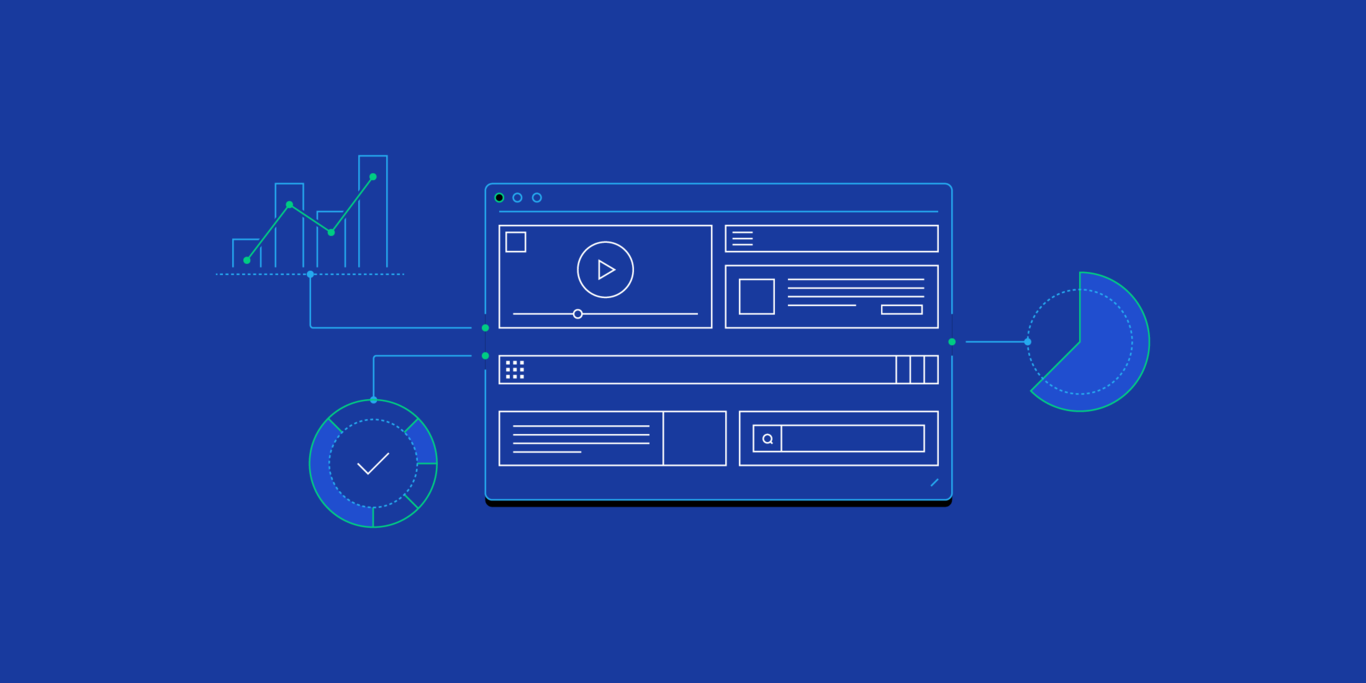Know Your User: UX Statistics and Insights (With Infographic)
Billions are lost by businesses due to poor UX. This article outlines key UX statistics and insights that stress the importance of “knowing your user” (with infographic).
Billions are lost by businesses due to poor UX. This article outlines key UX statistics and insights that stress the importance of “knowing your user” (with infographic).
Miklos is a UX designer, product design strategist, author, and speaker with more than 18 years of experience in the design field.
PREVIOUSLY AT

In a competitive marketplace bursting with all-too-similar offerings, it’s easy to see how a product focused on user experience can become a key competitive differentiator.
When considering the ROI of UX, most of us have heard the quote: “every dollar spent on UX brings between $2 and $100 dollars in return.” To prove this point, in recent years several reputable research companies have done various industry studies that show the positive ROI of investing in UX.
Companies like Airbnb, Mint, Uber, Google, and Apple owe much of their success to their user-centered design approach which, without a doubt culminates in exceptional user experiences.
Ultimately, it’s about human engagement. Great companies like Apple visualize (or anticipate) what this engagement may conceivably be, and then create the devices and software to leverage the experiences.
Designing exceptional UX isn’t a walk in the park. It starts with “knowing your user.” Sounds simple enough, right? It isn’t. What does the ubiquitous, “know your user” mean? It means doing your research, and digging deep to solve real-world problems for people.
Aside from that, a product’s user experience and market success depend on many other variables: desirability, functionality, speed and performance, ease-of-use, visual aesthetics, clarity, simplicity and usability, structure and navigation, human psychology, accessibility, to name but a few.
In the above video, Jesse James Garret points out that “UX design is about engagement.” It’s not about a specific product, app or website. It’s about what happens before, during and after a human interaction has occurred.
Billions are lost by business due to poor UX. As outlined in a previous article Danger Ahead: Telltale Signs It’s Time to Bring in a UX Expert, it’s often only when the product is not living up to expectations and the ship is already going down, that a UX expert is called in to patch the leaks, get hold of the rudder and set the vessel straight. Unfortunately, it may be too late because the product has already lost its luster.
Recent findings from Forrester Research suggest that a well-conceived, frictionless UX design could potentially raise customer conversion rates up to 400%. As company stakeholders begin to recognize the impact it has on the ROI of their online products, user experience (UX) is becoming more mainstream, and can no longer be considered simply a competitive advantage, but an important contributor to a company’s bottom line.
In this saturated digital environment where people have become demanding and digitally savvy, applying user-centered design is pretty much mandatory in order to gain their trust quickly and ensure their loyalty. Product teams and designers creating products in isolation without consideration for the people who are the actual end-users are not going to succeed.
UCD, the user-centered design process—employed for great UX—ensures that the right content, features, and functionality are presented in the right place, at the right time, in the right way, providing optimum user experiences, effortless interaction, and ultimately business benefits. Take heed—ignore the statistics and insights presented in the infographic below at your peril.

Further Reading on the Toptal Blog:
Understanding the basics
How do you define UX?
UX stands for user experience. UX design attempts to deliver the right solution, in the right way, at the right time and delight people when they use a product. UX design is based on principles of user-centered design and design thinking.
What does a UX designer do?
UX designers are masters of stepping into the shoes of others, understanding what those users’ needs are, and developing the journeys that will accomplish their goals. They leverage their ability to understand complex problems and use empathy to create value based on the opportunities they discovered.
What is the UX design process?
The UX design process employs a user-centered design approach. User-centered design (UCD) refers to a collection of design methods that are concerned with end users’ goals and expectations. By asking the right questions, these methods help designers optimize experiences based on how users expect to use products.
What does the credibility of a website mean?
A website is typically the first point of contact for anyone wanting to know more about a corporation, small business/entrepreneur, an individual (writer, musician etc) and so on. Responsible for a person’s first impression, in order to be credible, it must come across as well-informed, discerning and trustworthy.
What is UX usability?
Usability, a bedrock of great user experiences, is a quality attribute that assesses how easy user interfaces are to use. Whether an app is useful is defined in terms of utility as well as usability. Utility provides users the features they need; usability is how easy and pleasant those features are to use.
What is the use of a chatbot?
Chatbots used in conversational interfaces can be used for product recommendations, to book a ticket, order food, offer help and so on. Chatbots mimic a conversation between humans by using a computer to carry out one end of the conversation.
Miklos Philips
London, United Kingdom
Member since May 20, 2016
About the author
Miklos is a UX designer, product design strategist, author, and speaker with more than 18 years of experience in the design field.
PREVIOUSLY AT



